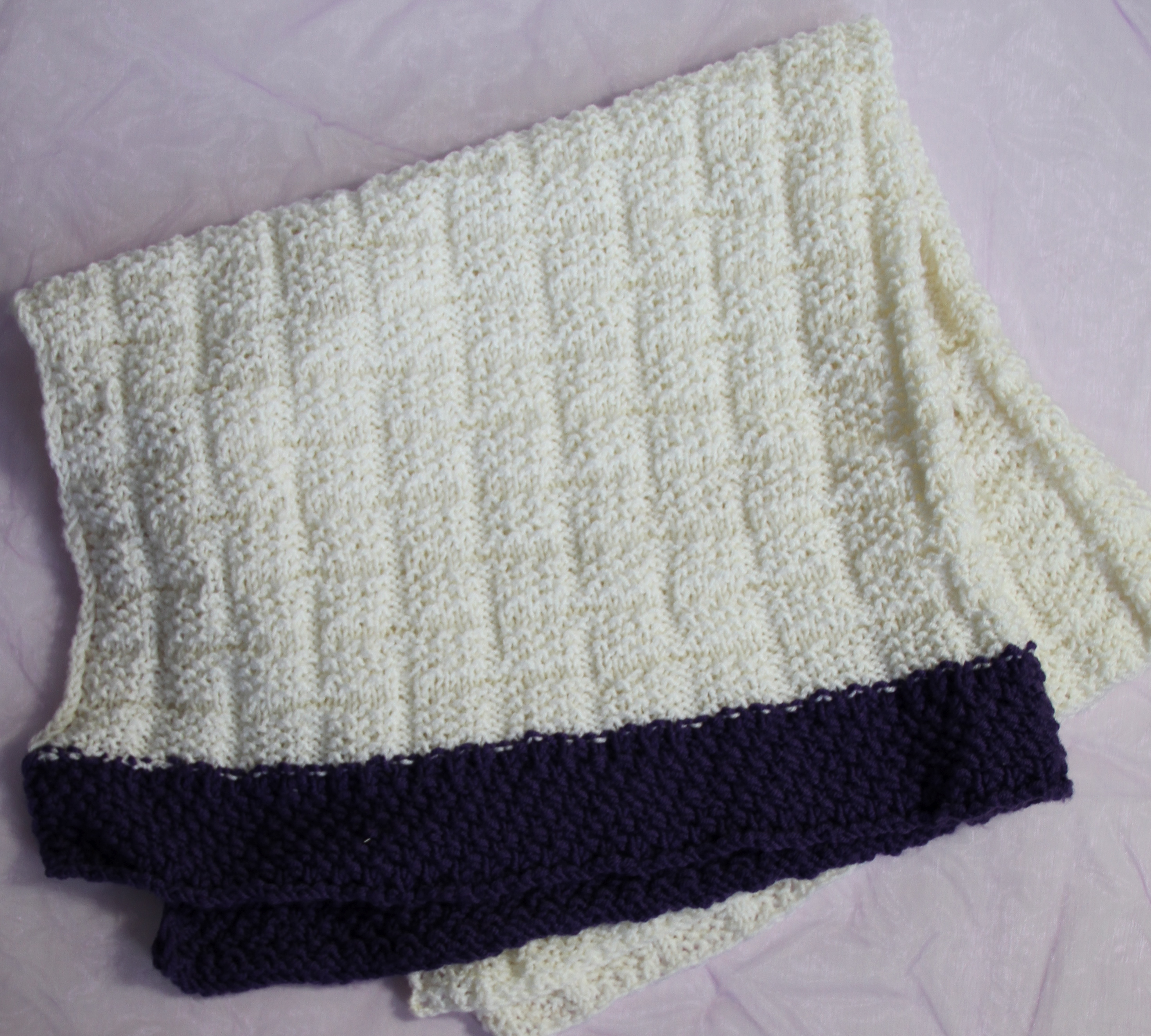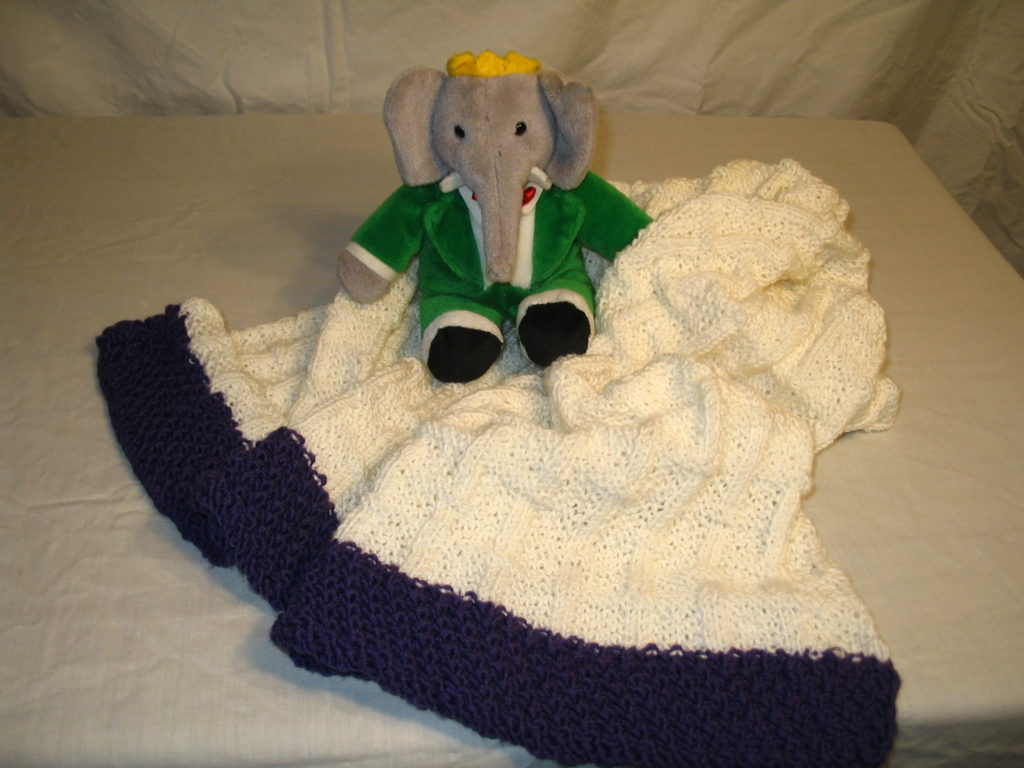In ancient times, wool workers were the custodians of life, with a power beyond even Zeus. Indeed, Eileithyia, the goddess of midwifery from Minoan times, and who helped bring children from the darkness to light was called, in Greek verse, “the clever spinner.”

The Greek goddess, Clotho stands, in carvings, with her two sisters in a pure, white toga. In her hands, she holds a spindle with the thread of life winding around its shaft. She passes an individual’s life thread to her sister, Lachesis, who stretches the thread across out the span of her arms and reads that person’s comings and goings, her loves and losses. When it is time, the third sister, Atropos, cuts this thread and the person’s breath ceases. The thread drops, like lace, to the ground.
In the Norse version trio, called the Norns spun the threads of fate at the foot of the Tree of the World. Similarly, in Aryan India, according to those who study yoga and its origins, a person’s fate was spun as a thread, whose length was determined by a particular goddess.
We like to think our lives grander than could be measured by a woolen thread spun on a simple stick, but the image is a potent one. As we have seen elsewhere, wool is both a humble substance, and a venerated material: the thread of life.
The Roman version of the three goddesses of Fate were called the Parcae, who began to spin the thread of one’s fate from birth.
It is evident from other clues that in ancient Rome wool was seen as a particularly powerful healer; woolen straps were tied to sick people to help heal and protect against evil. Members of cults stood on a wool fleece to show that they were completely cleansed at the close of purification rituals.16
What was it about wool that made it so powerful? The story from the area that is now Italy, comes down to us is that wool was thought to contain a life force known as pneuma, or “life’s breath.” Pneuma resided in the clouds, falling with the rain to bring crops to life and seen as lightning. Some historians speculate that the Romans thought pneuma was contained in wool because wool throws off a spark when rubbed with amber. In either case, the spinning of wool gathered this pneuma into the very thread. Clothing made of wool therefore carried pneuma, to the benefit of the wearer.
Another origin story may be found in the connection between the sheep itself and the wool it carries. In many cultures, the ram is a symbol of strength and life. The properties that the sheep carries are also carried by its fleece and retained because it is gathered or shorn while the animal is still living. If the ram had life and strength, so did the thread and therefore, so did the clothing that was created from this thread. One example: A Roman bride was to wear a belt made from the wool of a female sheep. It was tied in a square knot to bring fertility. The knot was also called the Hercules knot, named for the god who was said to have sired 70 children in his lifetime.

The Romans valued above all the pure white wool toga, which could only be worn by the Senators who made decisions for the realm. Roman children were protected at birth by amulets hung around the neck, but also by a special woolen toga called the Toga Praetexta. The child’s tunic was woven and begun with a Lorder of purple (if the family could afford it), to protect its wearer. The border was woven first, perhaps to announce a mother’s intention for long life in thread at the start of the weaving. Indeed, Praetexta means woven first.
Source: Sebesta, Judith Lynn. Weavers of Fate: Symbolism in the Costume of Roman Women.
